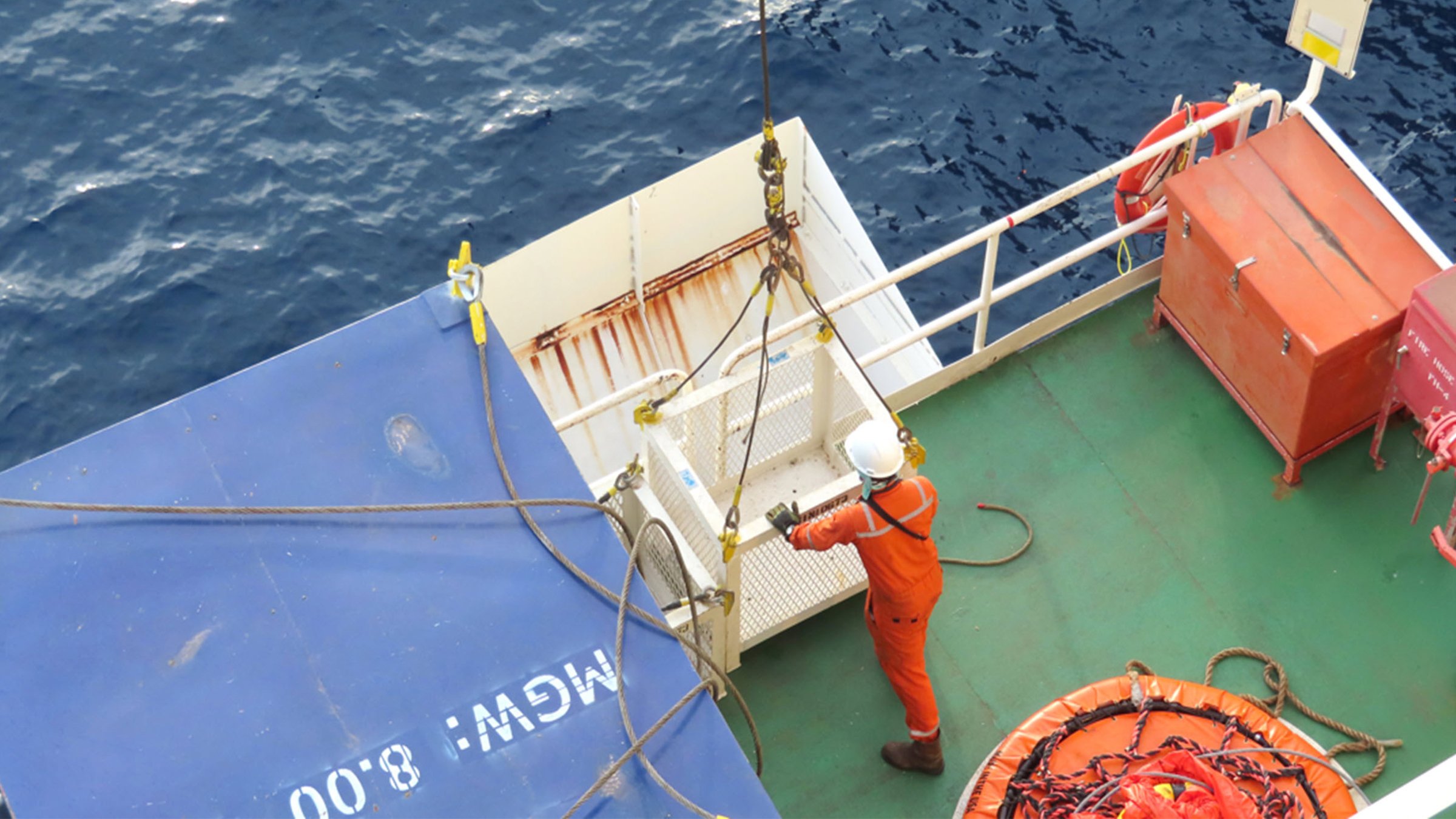I read a survey by McKinsey1 that states projects in the processing industries overrun their budgets and schedules by 30% to 45% on average. We hear about many types of challenges in the floating production storage and offloading (FPSO) space. Due to suboptimal operations, unplanned downtime, and operational incidents, according to Rystad Energy, the upstream part of the oil and gas industry experiences approximately $500 billion USD per year in deferred revenue globally. That’s a staggering amount. But for FPSOs, for which the initial outlay is enormous, embracing digital technologies can optimize operations and help limit the OpEx expenses associated with the ongoing running of these vessels.
Here are four good reasons to digitalize your floating vessel and help to achieve the vision of having a connected vessel.
1. You Get to First Oil Quicker
Ok, let’s face it. Stakeholders are looking to get to first oil as quickly as possible. It’s your job to lay out a plan to get there. In this case, having a dedicated partner from the get-go to help design and deploy the entire strategy is a game changer. Not only will you get to first oil quicker, you’ll also mitigate risks and reduce total cost of ownership through effective project execution. How can this be? It’s based on a fully digitalized approach. When you connect your vessel digitally, you gain real-time data across all areas, which allows your teams to work seamlessly together whether they are on the vessel or onshore. A cohesive digital plan incorporates system design, commissioning, startup, and continued operational effectiveness for the 20-plus years the vessel is operating.
2. Improves Health, Safety, Security and Environment (HSSE) While Reducing Risk
There’s no question that the floating production environment is a challenging one. If you work on an FPSO, you take a helicopter to get to your workplace. Once you’re there, you’re not going home for a while. You live with your co-workers. Weather events impact your workday more than a land-based office. You’re literally in the middle of an ocean. Finding qualified and engaged workers is a tough job. While there are some conditions that can’t be changed, you can minimize the need for onboard staff if you have a fully connected remote operations center.
A fully connected onshore operations center cuts down on staff needed to operate the vessel, which reduces risk and lowers the cost of transportation and other operating expenses. Subject matter experts from around the globe can be utilized without having to come to the site. Training can also be done remotely, saving time and transportation costs. Also, fewer people onboard decrease the opportunity of incidents. Less onboard workers reduce possible safety risks, physical incidents, transportation costs, housing costs, and more.
3. Gives You Real-time Visibility
Why is real-time visibility important? I think everyone can agree it’s better to know in real time the state of your operations than in hours or days from now. This is true for reservoir and well-flow conditions in subsea to production modules like seawater treatment or CO2 removal on the vessel topsides. The ability for the onboard control room and the onshore operations center to have access to the same information minimizes incident response time and maximizes safety and/or problem-solving time. Take, for instance, fiscal metering. Knowing what is flowing in the vessel and out of the vessel is not only important to the project’s revenue, but also important for compliance with national regulations. Using the latest technologies and having a connected vessel ensures maximum production, visibility, and flow assurance from the reservoir through the production units.
See our connected vessel interactive environment.
4. Optimizes Vessel Operations
Creating a connected vessel with a partner that has a proven methodology allows you to formulate an end-to-end strategy for the entire lifecycle of your unique asset. A connected vessel addresses everything from the reservoir through topside production, and beyond. Including:
- Reservoir production, sea floor operations management and well flow
- Power management systems, like switchgear and motor controls
- Hull and marine applications that include bridge management
- Process and safety production systems
- Management of the topsides production modules and the subsea modules
- Networking and connectivity to onboard and remote operations center
With 20% to 30% of oil and gas production coming from offshore facilities and an estimated 10 new FPSO projects kicking off this year, there’s no better time to understand the impact of having a fully connected vessel. We gave you four good reasons to digitalize your floating vessel, but there are many more! Begin your digital journey with a trusted partner who can streamline project management, execution, design, and implementation to optimize the life of your vessels.
1 Why the time is right to reinvent capital-project delivery

